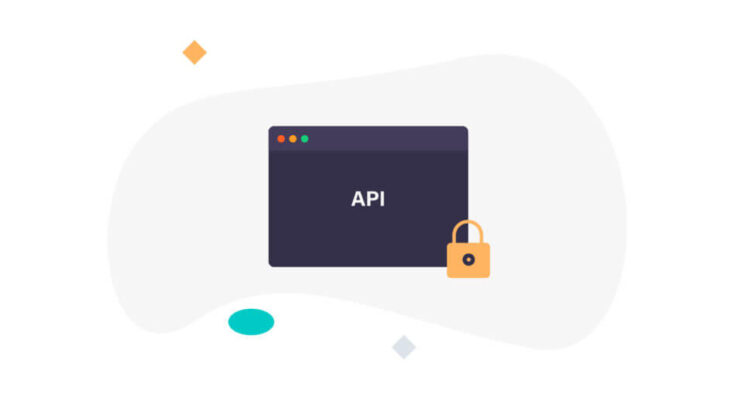API or call it Application Programming Interface is basically a code that instructs disparate applications to have bilateral interaction and communication. APIs deliver code modules that are sharable having potential to unlock data and program functionality, extending independent application interconnectivity at the same time. What an API necessarily does is to inform one program about another program’s expected behavior.
Development of Application Programming Interface such as REST API development makes app integration easy and hassle-free. It also helps various systems to separate out of data silos by allowing entities to have access to features of source application of APIs.
They work wonders for businesses, big and small
A business would thrive well if it has systems with rich information and readiness in interconnecting with partner entities. API integrating apps adds to their value, significant in delivering much-needed solutions for a superb overall IT infrastructure.
Companies making the full-fledged use of APIs are able to make better decisions to enhance productivity, managed workflows and countless opportunities of innovation. The data helps businesses explore and exploit opportunities to reduce operations cost and maximize ROI. It wouldn’t be wrong if we say that APIs are cornerstone for digital transformation businesses envision.
The choice of an API you’ll need to make
When we talk about a particular IT objective you’re trying to achieve, it is a specific API that would fit to fulfill the purpose. The chosen API may require allowing the proprietary software to demonstrate high compatibility in the desired market for a strong IT environment with the company. Following are some messaging formats used for app integration –
- REST – You may call it Representational State Transfer. REST API development companies do not call it a protocol like web services available out there. Instead, they prefer to call it set of architectural principles with certain characteristics like simple interfaces which are identified hassle-free and manipulated using the interface.
- JSON – This is very similar to XML-RPC and is used for data transfer.
- SOAP – Simple Object Access Protocol uses XML for transferring the data and to clearly define message structure and communication methods. SOAP utilizes Web Services Definition Language to publish interface’s functionality.
- XML – XML is a protocol with specific format for data transfer in contrast to SOAP. However, it was introduced before SOAP. It is simpler in comparison to SOAP and uses minimum bandwidth.
What’s the deal about APIs?
When you ask us about what these APIs do? Well, they reduce administrative tasks to a significant level. This means simplified processes in security, management, and operations as they form a connecting bridging the three.
When businesses have a lot of tasks to deal with using different platforms, they are often merged. However, this very much results in failure as a single tool lacks the capability to do all tasks.




